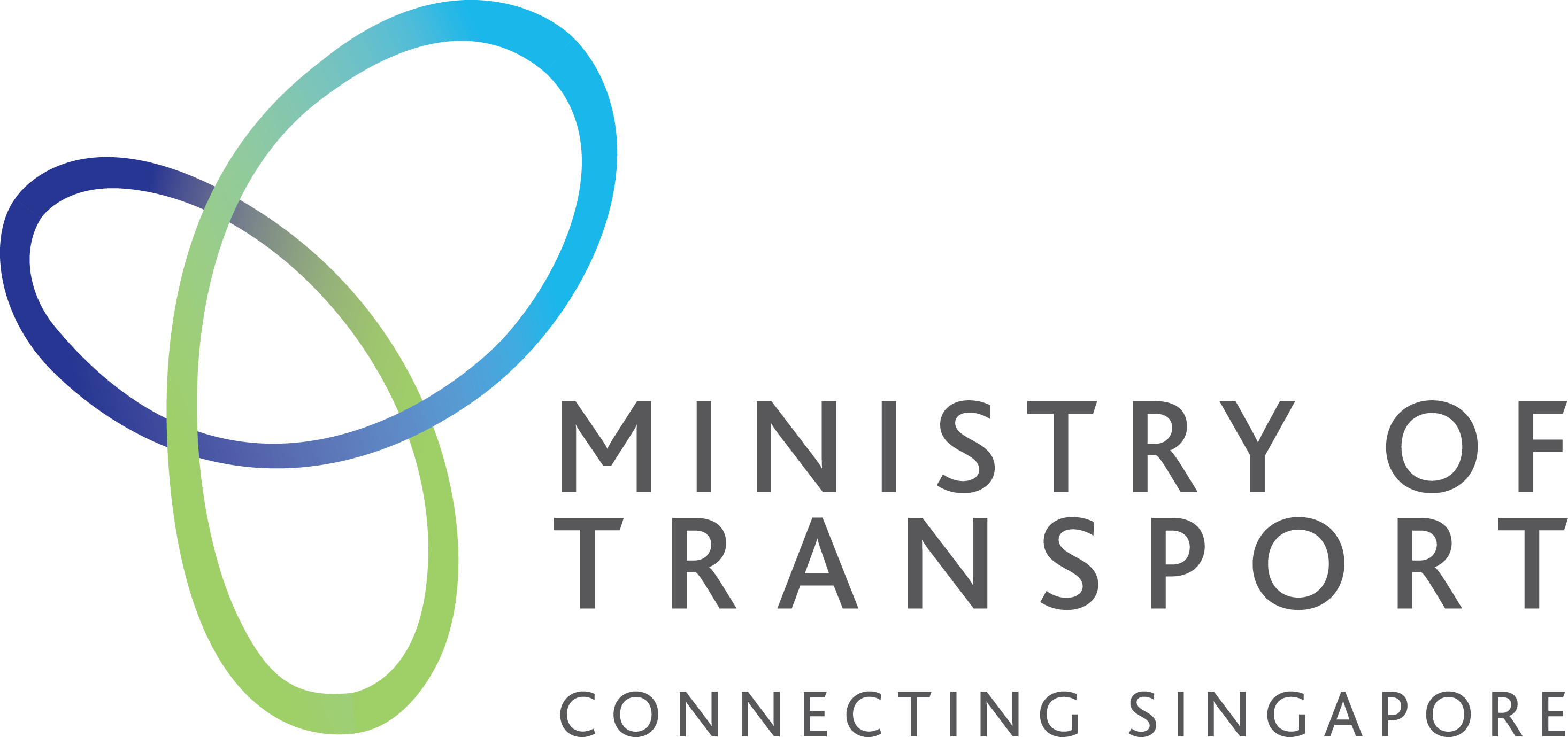Written Reply to Parliamentary Question on Risks of Electric Vehicles Catching Fire While in Operation and Training of First Responders to Handle Such Fires
1 August 2022
This article has been migrated from an earlier version of the site and may display formatting inconsistencies.
Mr Melvin Yong Yik Chye asked the Minister for Transport
a. what are the risks of an electric vehicle (EV) catching fire while in operation; and
b. whether first responders, such as those operating the Expressway Monitoring Advisory System vehicle recovery tow trucks have been trained to handle EV-related fires.
Reply by Minister for Transport S Iswaran:
1. All vehicles, including electric vehicles (EVs), are subject to stringent internationally-benchmarked safety standards such as the United Nations Economic Commission for Europe (UNECE) Regulations before they are approved for use. All EV charging systems in Singapore must also be compliant with our national charging standard, Technical Reference 25, before they can be installed. These standards provide assurance that both vehicles and chargers are compliant with the requisite safety standards. As of end-July 2022, we have not had any EV-related fires in Singapore which arose from normal operation.
2. I agree with the Member that it is important that our emergency responders know how to handle EV-related fires safely. The Singapore Civil Defence Force (SCDF) has already been trained to handle such fires if they arise. The Expressway Monitoring Advisory System (EMAS) recovery crew, who assist in the removal of damaged vehicles from our expressways, have also been trained to handle damaged EVs.
3. It is also important for members of the public to know how to respond to incidents should the need arise, such as before the SCDF’s arrival on-site. The 9th Edition of the Civil Defence Emergency Handbook updated in 2021 incorporates guidelines on handling EV-related fires, and we encourage EV owners to familiarise themselves with the guidelines.
4. The EV industry is nascent, and EV technology continues to evolve. We will continue to monitor developments both locally and overseas to allow us to formulate effective safety protocols in addressing key risks, and review our requirements and training regularly to ensure their relevance and effectiveness.
